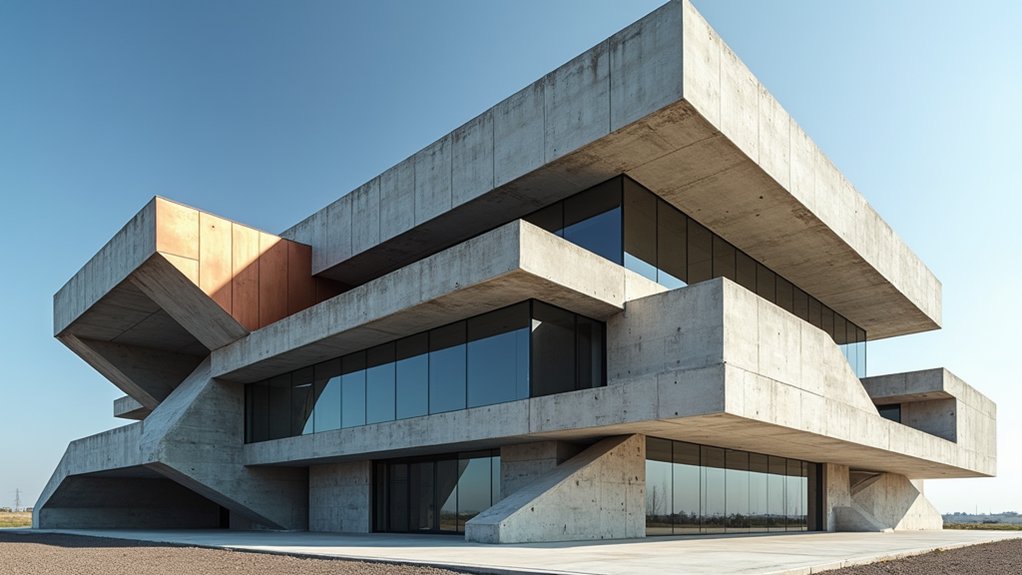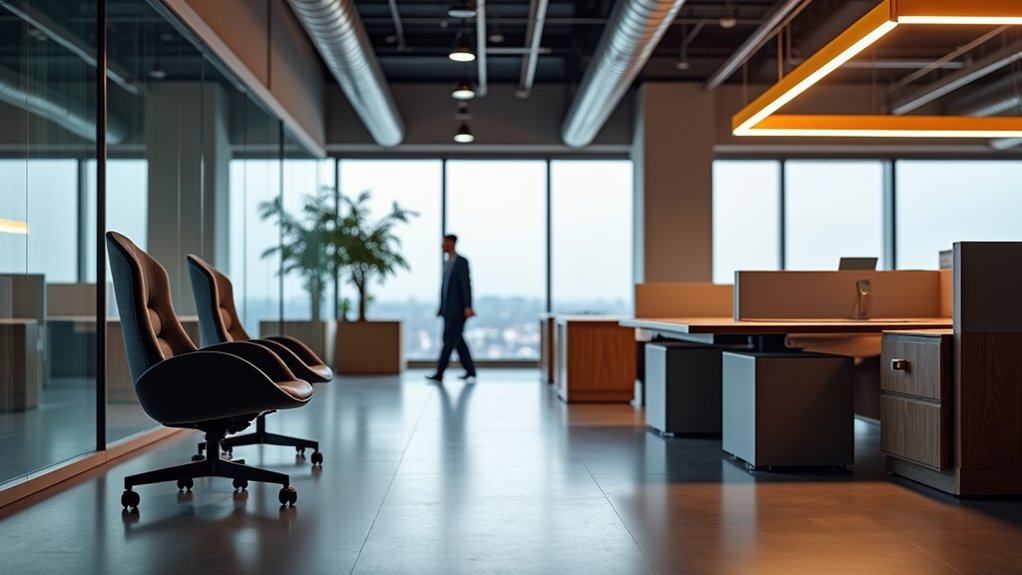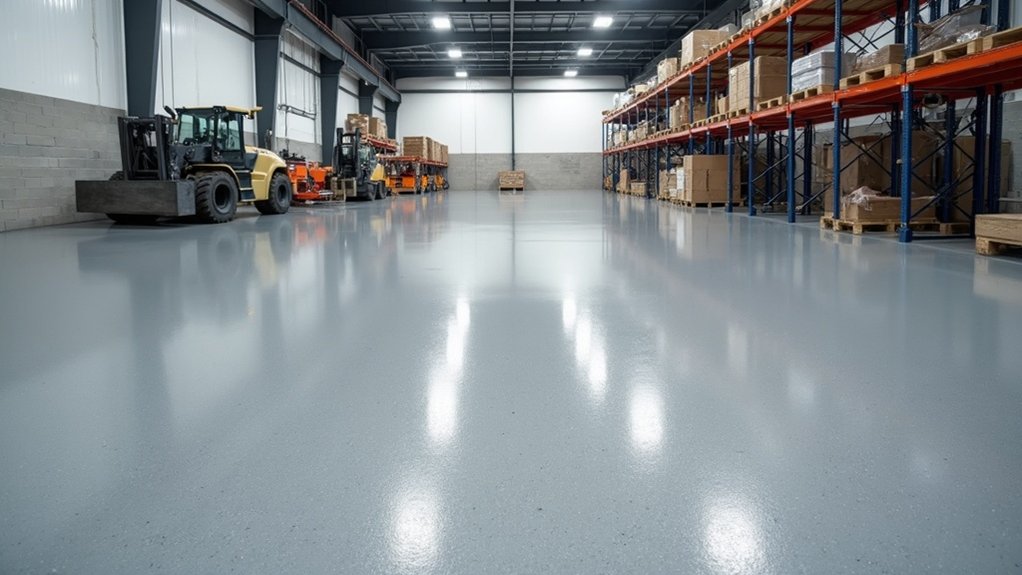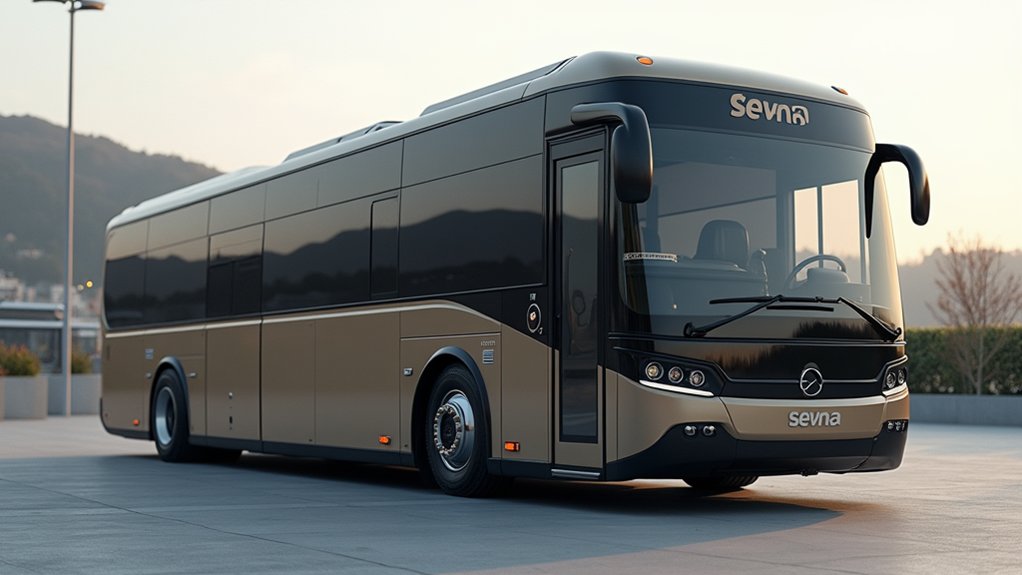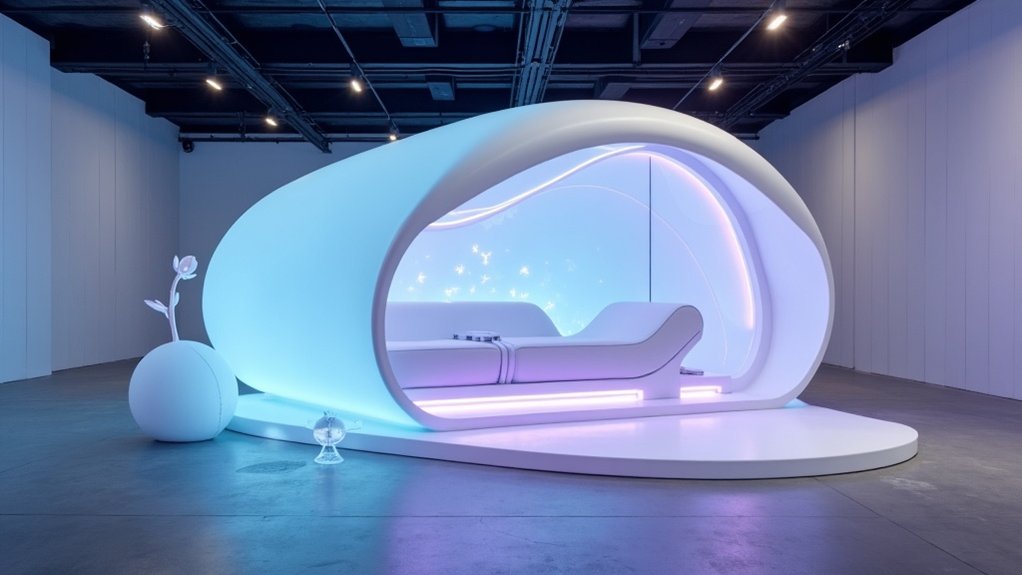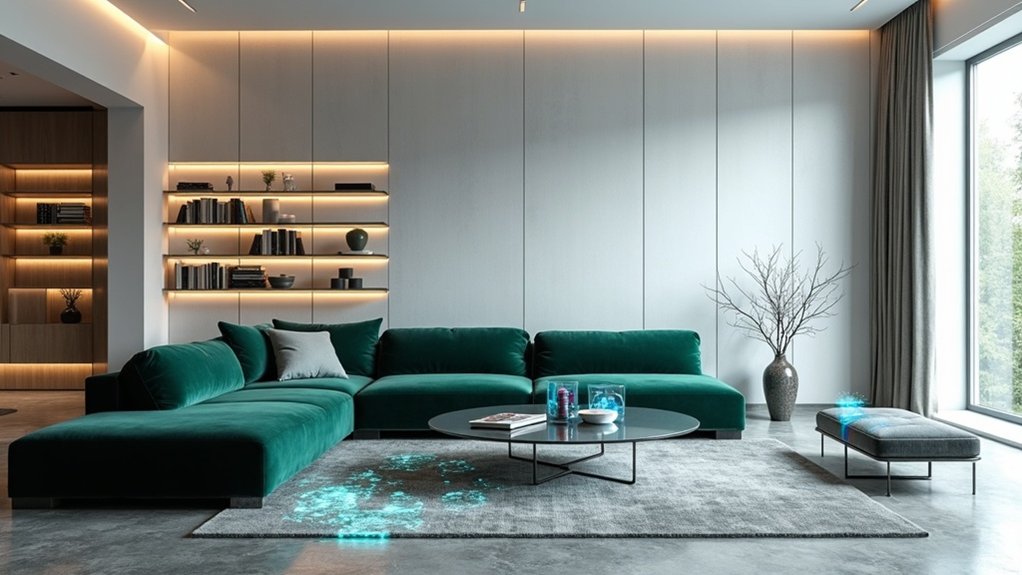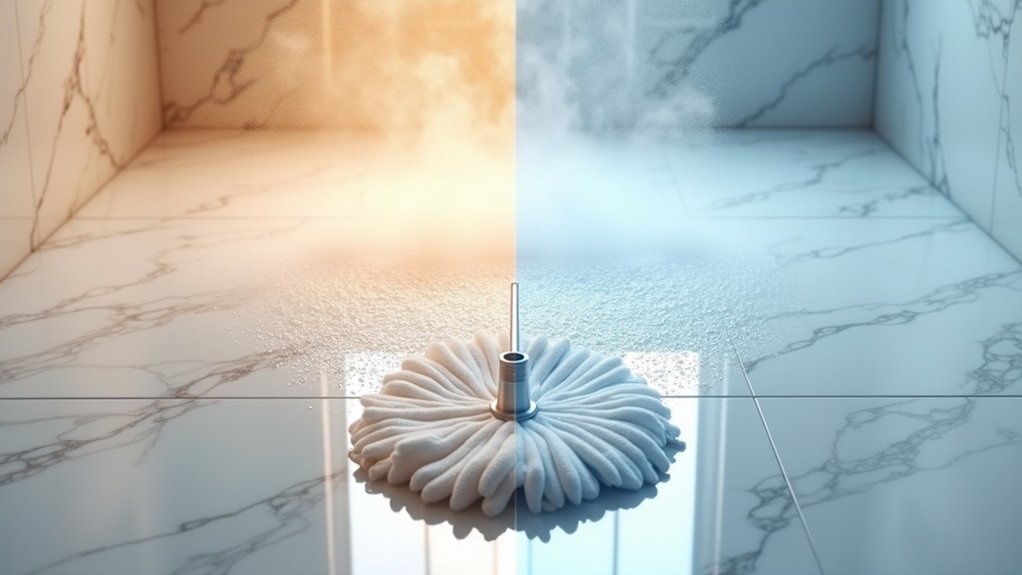Caddell Construction’s commercial division has transformed from a two-person startup into a $350 million powerhouse in just eight years, marking one of the construction industry’s most aggressive expansion stories. The employee-owned company now employs 135 professionals across multiple states, with projections to reach $450 million in annual revenue by 2025’s end. This remarkable 110% growth over three years demonstrates how strategic leadership and calculated risk-taking can reshape traditional construction frameworks.
The appointment of Ricky Byrd as President-Commercial in April 2024 signals Caddell’s commitment to maintaining this explosive trajectory. Working alongside newly appointed company president David J. Neary, the leadership team emphasizes operational agility and automation adoption. Their approach centers on sustainable growth through selective project bidding, ensuring internal resources align perfectly with client requirements. This disciplined strategy has attracted Fortune 50 companies seeking complex, high-value projects that demand exceptional execution capabilities.
Strategic leadership and selective bidding attract Fortune 50 companies seeking complex, high-value construction projects.
Geographic expansion forms the cornerstone of Caddell’s commercial strategy, with offices spanning from Bentonville, Arkansas to Phoenix, Arizona. The company plans to establish another talent hub by 2025’s end, complementing existing locations in Jacksonville, Atlanta, and the upcoming Columbus office. This nationwide footprint facilitates faster response times while reducing dependency on local market fluctuations. The Columbus location already manages projects valued at $250 million, demonstrating immediate market penetration success.
The diversification strategy particularly targets high-growth sectors including mission-critical facilities, distribution logistics, and K-12 education infrastructure throughout Arkansas. Their experience managing nine different languages on the U.S. Embassy Kabul project proves their capability to handle complex workforce coordination in challenging environments.
Technology integration distinguishes Caddell from traditional competitors reluctant to adopt digital transformation. The company utilizes automation and digital platforms to streamline project delivery, addressing persistent industry challenges like labor shortages and supply chain disruptions. This innovation-first mindset boosts workforce productivity while maintaining the quality standards that secured projects like the $800 million U.S. Embassy Kabul complex, featuring 14 buildings across 1.3 million square feet.
The acceleration in project permits—12 filed in 2024 and six already in 2025—reflects growing market confidence in Caddell’s capabilities. Recent ventures include a $7.3 million Phoenix project and expanding involvement in urban redevelopment and mixed-use commercial properties.
